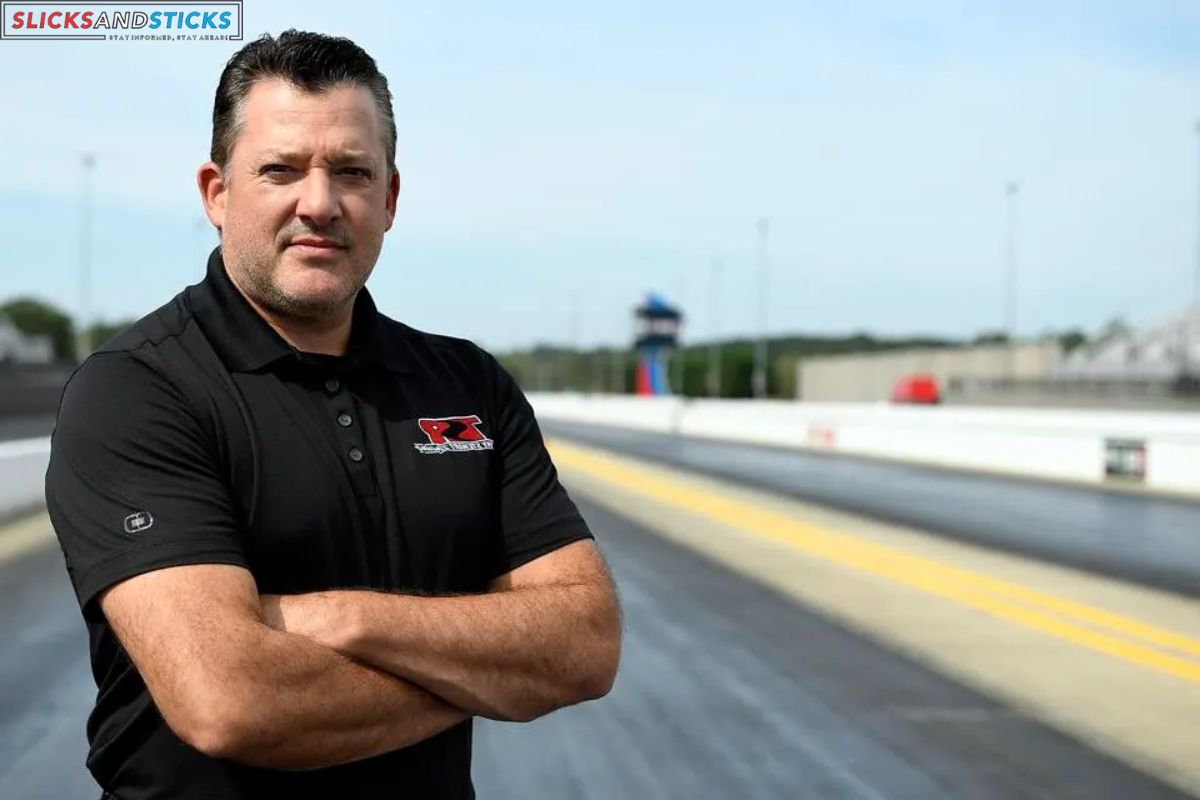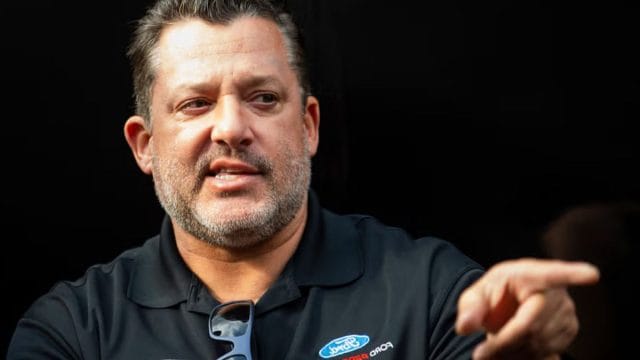NASCAR Mega Media Deal: The closing chapter of 2023 in NASCAR has been financially momentous. Notably, Spire Motorsports made history with the highest-ever bid for a charter purchase, paralleled by the confirmation of a new media deal indicating a substantial 40 percent uptick over NASCAR’s existing package. Addressing this, Tony Stewart, co-owner of SHR, highlighted the potential impact of this media deal, hinting at an imminent scramble among other racing series for a slice of the action.
The seven-year agreement, slated to commence in 2025, involves FOX Sports, Amazon Prime, Warner Bros. Discovery, and NBC Sports broadcasting live coverage of all NASCAR Cup Series races until 2031. Stewart emphasized the cascading effect, envisioning other racing entities vying for similar coverage.
“NASCAR’s agreement sets the domino in motion. Everyone will vie for NASCAR coverage. Other series, having missed out, will eagerly compete for similar coverage,” Smoke remarked. He particularly noted NHRA’s positioning to contend for these rights, citing FOX’s exceptional coverage quality in his experience working with both NASCAR and NHRA broadcasts.
The colossal deal stands at a remarkable $7.7 billion, boasting an average annual value of $1.1 billion. Splitting the coverage, Fox Sports and NBC Sports will each cover 14 races, with Fox commencing the season and NBC wrapping it up.

Introducing two new broadcast partners, Amazon Prime Video and TNT Sports, they will exclusively cover practice and qualifying sessions, barring the Busch Light Clash, Daytona 500, and the All-Star Race, in addition to each broadcasting five mid-season races. FOX Sports will cover practice and qualifying for the mentioned events.
Stewart expressed the unique experience of watching a NASCAR race on television, highlighting the comprehensive telemetry and behind-the-scenes insights available during the race’s duration.
However, Stewart differentiated the experience of watching drag racing, labeling NHRA drag racing as the antithesis of NASCAR in terms of viewership. He stressed the significant disparity between experiencing a drag race firsthand versus watching it on TV, citing the inability of TV to capture the visceral elements like the sounds and sensations of being there live.
Beyond being a drag racing enthusiast, Stewart underscored the genuine connection one can only attain by spectating NHRA events firsthand, emphasizing the unmatched essence of witnessing it live from the grandstands.
Also read: Motorsports Broadcasting: NASCARs Mega TV Deal and NHRAs Future Prospects
Our Reader’s Queries
What social media platforms does NASCAR use?
For almost a decade, NASCAR has been utilizing social media platforms such as Facebook, Instagram, Twitter, YouTube, and Snapchat to connect with its fans. Just like any other sports league, NASCAR understands the importance of engaging with its audience through various social media channels. By leveraging these platforms, NASCAR has been able to establish a strong online presence and keep its fans updated with the latest news and events. Whether it’s sharing exciting race highlights or behind-the-scenes glimpses, NASCAR’s social media strategy has been a hit among its followers.
When was NASCAR first televised?
Back in 1960, NASCAR made its television debut with the Daytona 500. CBS Sports Spectacular aired parts of the race, featuring the legendary announcer Bud Palmer. This was a significant moment in the history of NASCAR, as it marked the beginning of the sport’s exposure to a wider audience through television.
